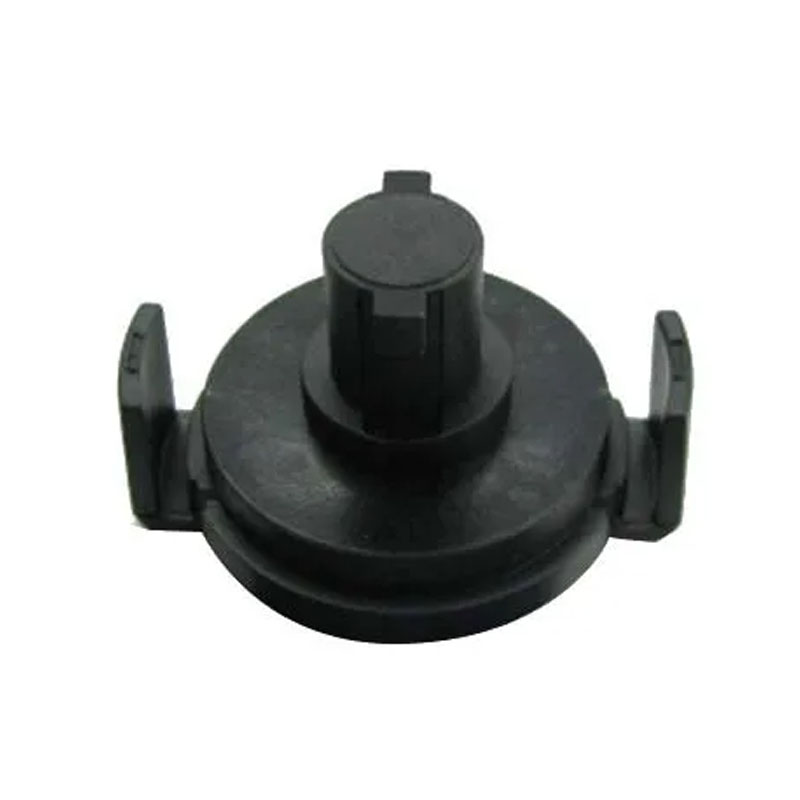marine bearing
Understanding Marine Bearings A Key Component in Nautical Engineering
Marine bearings are critical components in the field of naval architecture and marine engineering. They play an essential role in the performance and reliability of vessels, from large cargo ships to small pleasure boats. In essence, bearings support, guide, and reduce friction between moving parts in marine machinery, ensuring efficient operation and longevity of equipment.
Types of Marine Bearings
Marine bearings come in various types, each designed for specific applications under unique conditions. The most common types include
1. Sliding Bearings These are typically made from materials like bronze, rubber, or polymer. Sliding bearings allow for relative motion between components without the use of rolling elements. They are often used in propeller shafts and rudder stocks due to their ability to absorb shocks and vibrations.
2. Rolling Element Bearings Featuring balls or rollers, these bearings minimize friction and wear. They are suitable for high-speed applications and are commonly found in engine components and drive systems. However, they require more precision in alignment and installation than sliding bearings.
3. Thrust Bearings These bearings are designed to handle axial loads, providing support for components like propeller shafts that experience significant forces in a marine environment. They help maintain alignment and manage the loads experienced during operation.
4. Composite Bearings With advancements in materials science, composite bearings that combine different materials have gained popularity. These bearings offer enhanced corrosion resistance, lower friction, and improved load-bearing capacities, making them ideal for modern marine applications.
Factors Influencing Bearing Selection
marine bearing

Choosing the right marine bearing involves several crucial factors. The marine environment is inherently harsh, with saltwater, humidity, and temperature variations posing significant challenges. As such, marine bearings must be made from corrosion-resistant materials to withstand these conditions.
Load capacity is another critical consideration. Bearings must be able to handle the dynamic loads they will experience during operation. This includes understanding the difference between static and dynamic loads and determining the appropriate safety factors to ensure reliability.
Lubrication is also a key aspect. Proper lubrication minimizes wear and extends the bearing's service life. In marine applications, this can be particularly challenging due to the risk of contamination from water and debris. Grease or oil designed for marine environments is essential, and newer technologies such as self-lubricating bearings can significantly reduce maintenance needs.
Installation and Maintenance
Proper installation is vital to ensure optimal bearing performance. Bearings must be installed with the correct alignment and preload to avoid premature failure. Following installation, routine checks and maintenance are necessary to monitor the condition of the bearings and lubricants. Regular inspections allow for the early detection of wear and help prevent catastrophic failures that could lead to costly repairs and downtime.
The Future of Marine Bearings
As the maritime industry evolves, so does the technology behind marine bearings. Innovations in materials and design are pushing the boundaries of performance and durability. The increasing emphasis on sustainability has led to the development of eco-friendly lubricants and composites that minimize environmental impact. Furthermore, the integration of smart technology allows for real-time monitoring of bearing conditions, enhancing predictive maintenance practices and ultimately improving vessel safety and efficiency.
In conclusion, marine bearings are indispensable components in nautical engineering, supporting the crucial machinery that propels and maneuvers marine vessels. Understanding their types, selection criteria, and maintenance needs is vital for ensuring the reliability and efficiency of marine operations. As the industry continues to innovate, marine bearings will undoubtedly evolve, enhancing the performance and sustainability of future maritime endeavors.
-
The Ultimate Guide to Car Repair Kits: Tools and Essentials Every Driver Should Own
News Aug.01,2025
-
The Complete Guide to Oil Pan Gaskets: Sealing Engine Leaks the Right Way
News Aug.01,2025
-
Preventing Oil Leaks: A Complete Guide to Oil Pan Gaskets and Drain Seals
News Aug.01,2025
-
Everything You Need to Know About Oil Pan Gaskets and Drain Plug Seals
News Aug.01,2025
-
Essential for Car Owners: How to Use a Car Repair Kit to Deal with Minor Breakdown
News Aug.01,2025
-
Comprehensive Guide to Engine Oil Sump Gaskets and Related Seals
News Aug.01,2025
-
The Ultimate Guide to Boat Propeller Bearings and Trailer Wheel Bearings
News Jul.31,2025
Products categories















